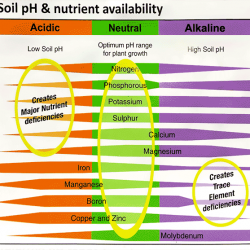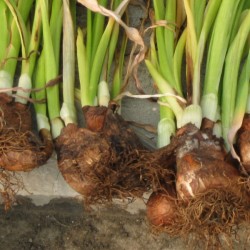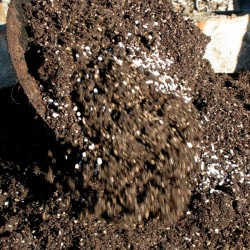Improving very clayey soils
Improving clayey soil isn’t an easy task, nor is it quick. It may take several years before your garden starts thriving. Instead of improving your soil, you can build raised beds. Avoid walking on the soil whenever possible so you don’t compact it. Perform an immersion/dispersion test: Drop a 6 mm piece of dry soil [more]



